And then the Ventura Botanical Gardens—located in Grant Park, on land donated by the Grant family over 100 years ago—closed for nearly a year after getting scorched in the devastating Thomas Fire at the end of 2017.
Nearly every plant perished. But the recovery efforts managed to much of the vegetation. And now, it's difficult to tell that it ever burned at all (with one exception, which I'll get to at the end of this post).
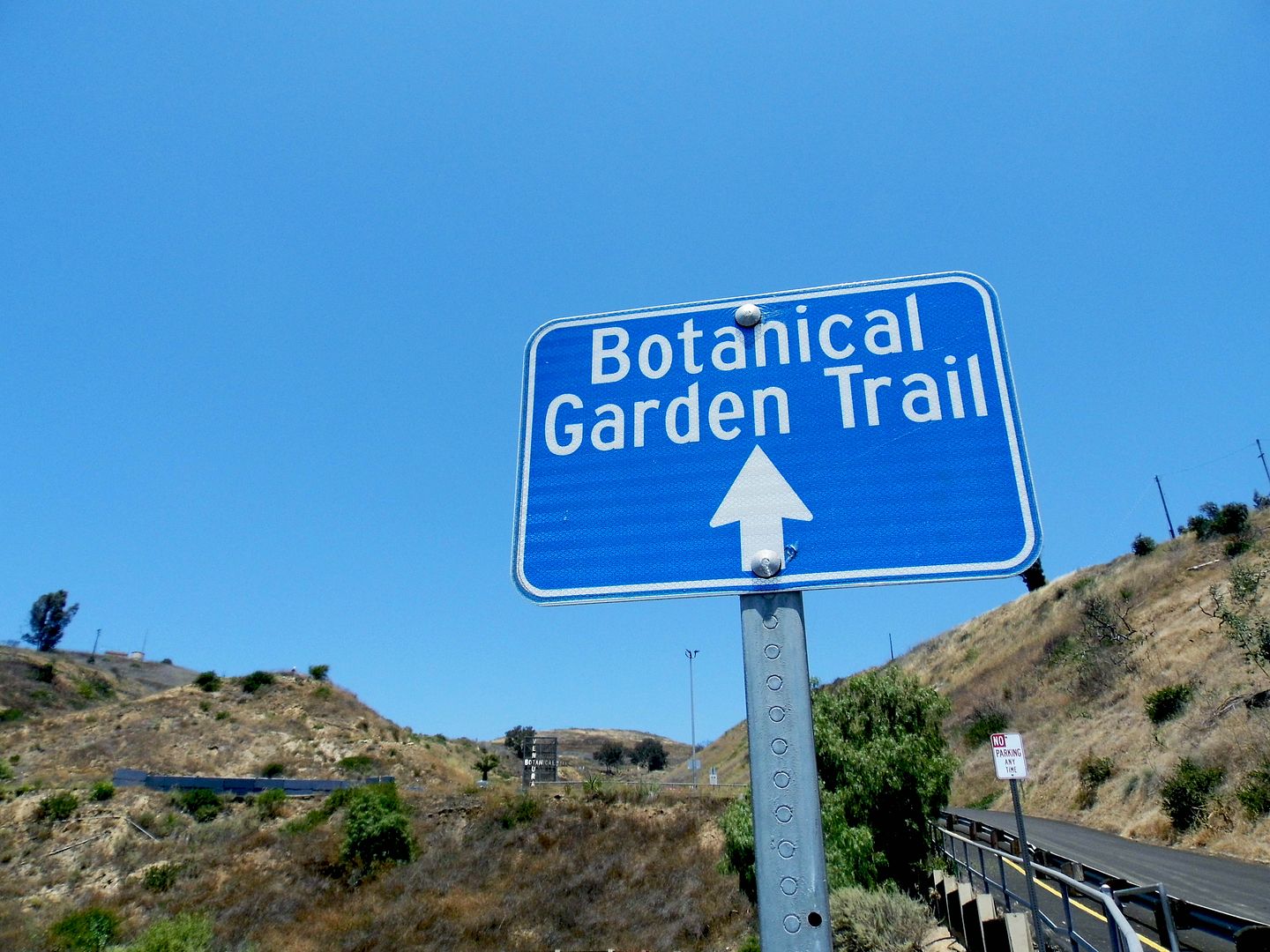
Located on city-owned land behind Ventura City Hall, the Ventura Botanical Gardens embraces the local Mediterranean climate by grouping its plantings by theme—California Natives, South African Cape, and Chilean gardens.

The lower portion—accessible from the parking lot—represents plant species from Chile, including representatives of 180 species of cacti as well as endemic and rare plants of that region.
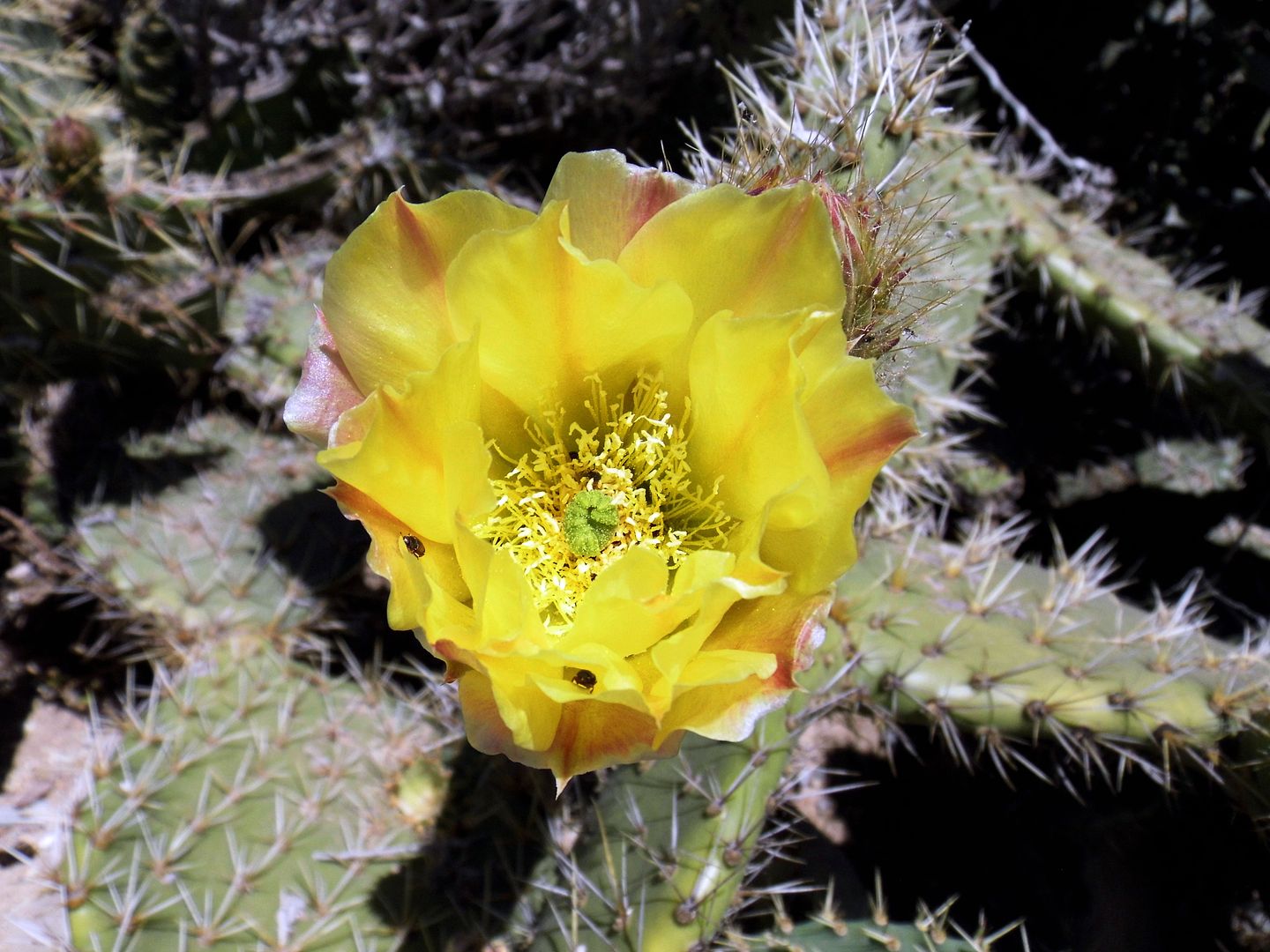
The Chilean matorral plant community is actually similar to Southern California chaparral, so it's not much of a stretch. The major difference is that Chilean flora have practically zero resistance to brushfires.
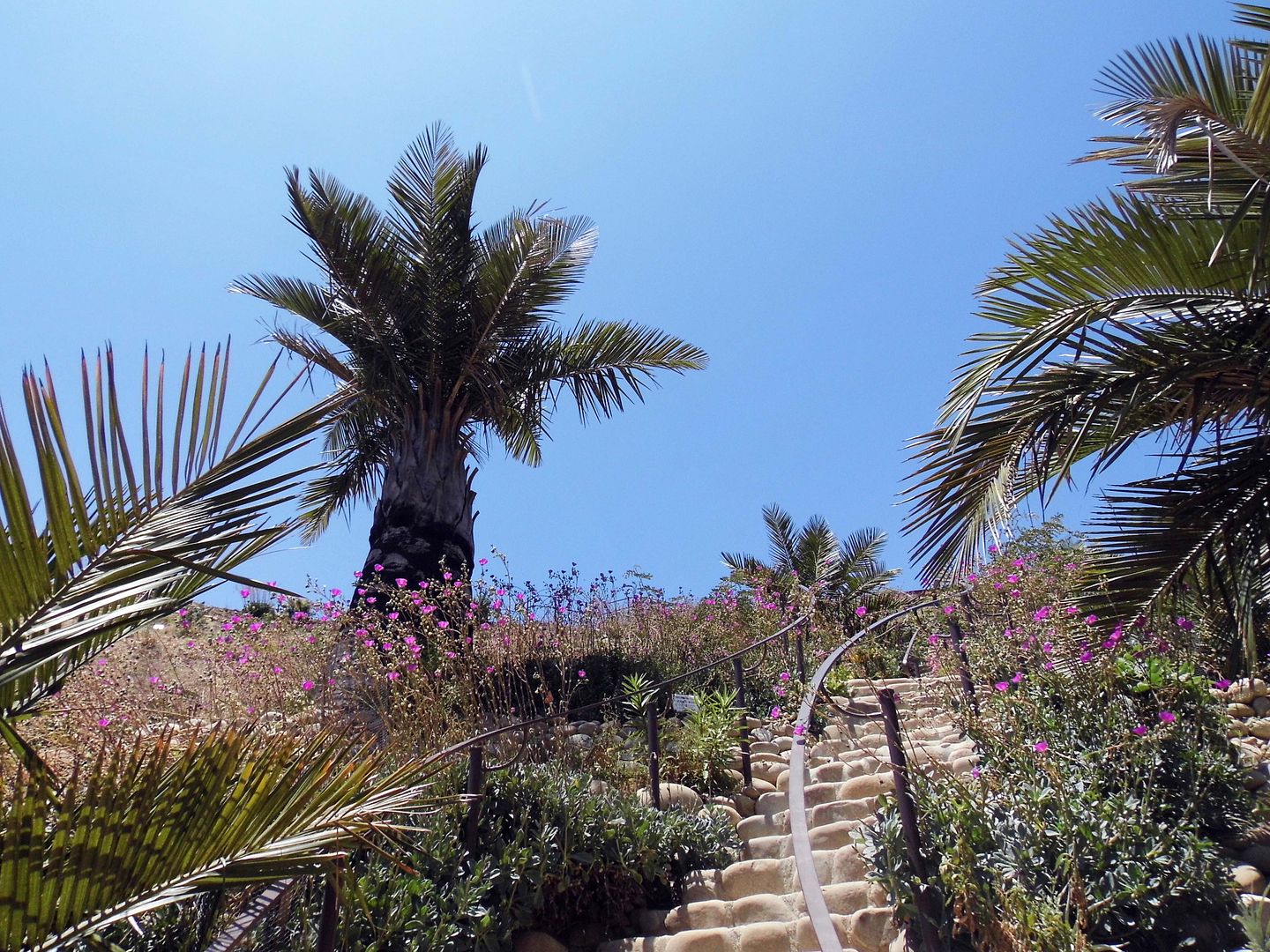
But considering how decimated the landscape was after the fire, it's incredibly lush now.
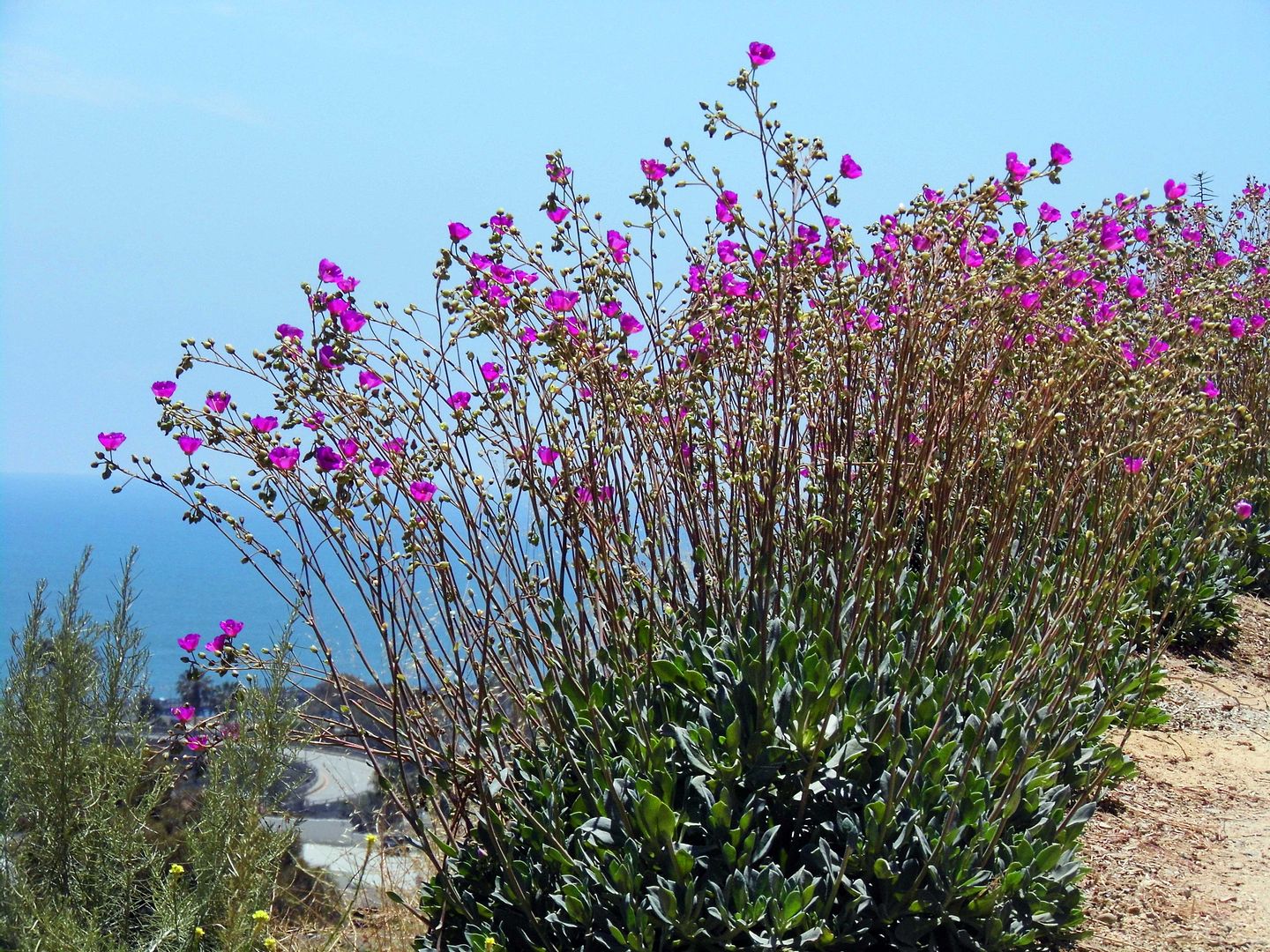
I embarked on the Demonstration Trail, starting at the bottom of the hill at the newly-built visitors center and passing through the new nursery area...
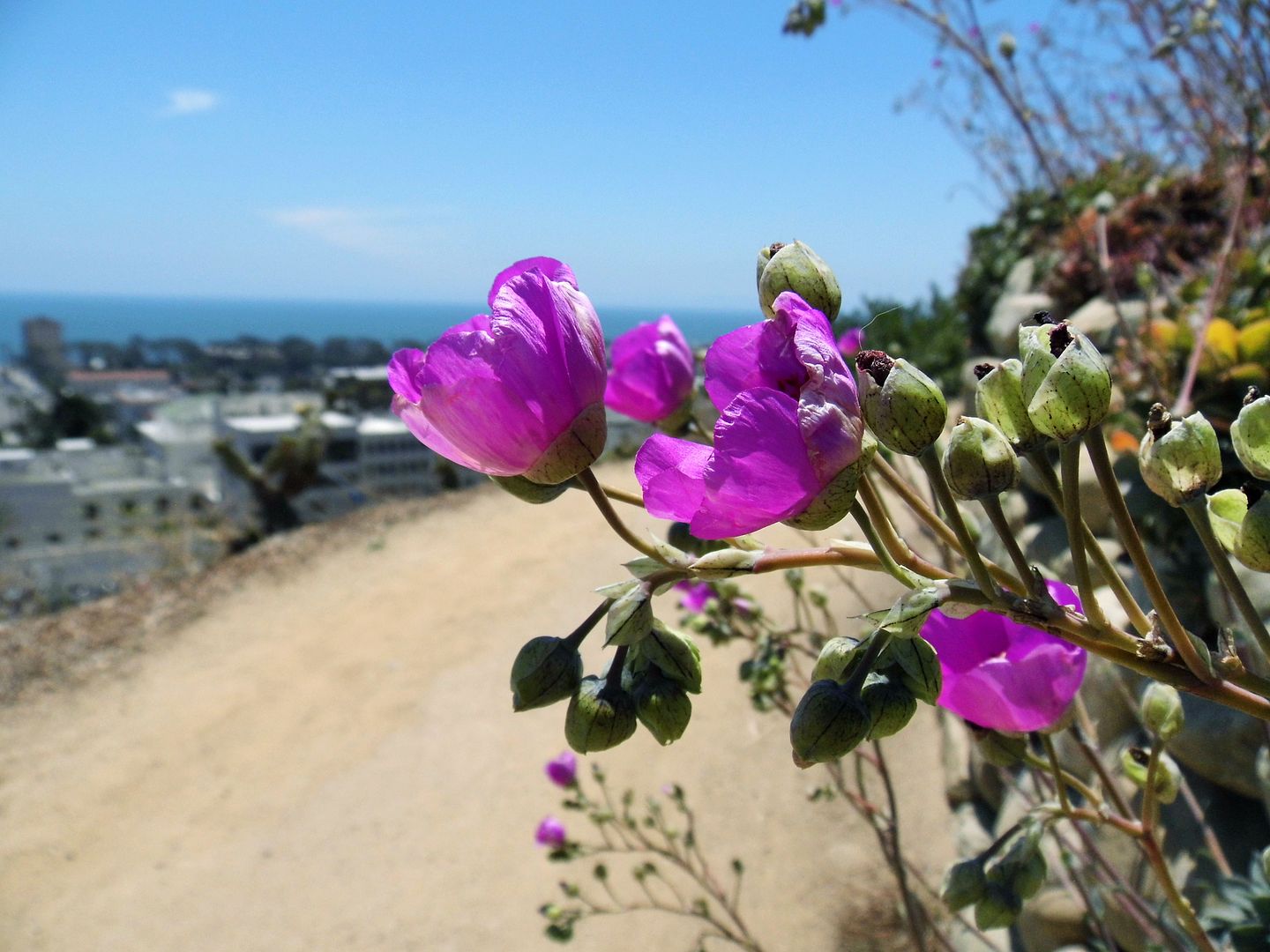
...climbing up stone stairs, past stretches of doquilla (a.k.a. Pata de Guanaco, Cistanthe grandiflora) that breached the trail boundaries...

...and soaked up the sun as they ornamented the path upwards.

Although 6,000 or so plants have been replanted (with some additional ones actually surviving the fire)...

...the complete development of almost 107 acres won't be completed until 2050.
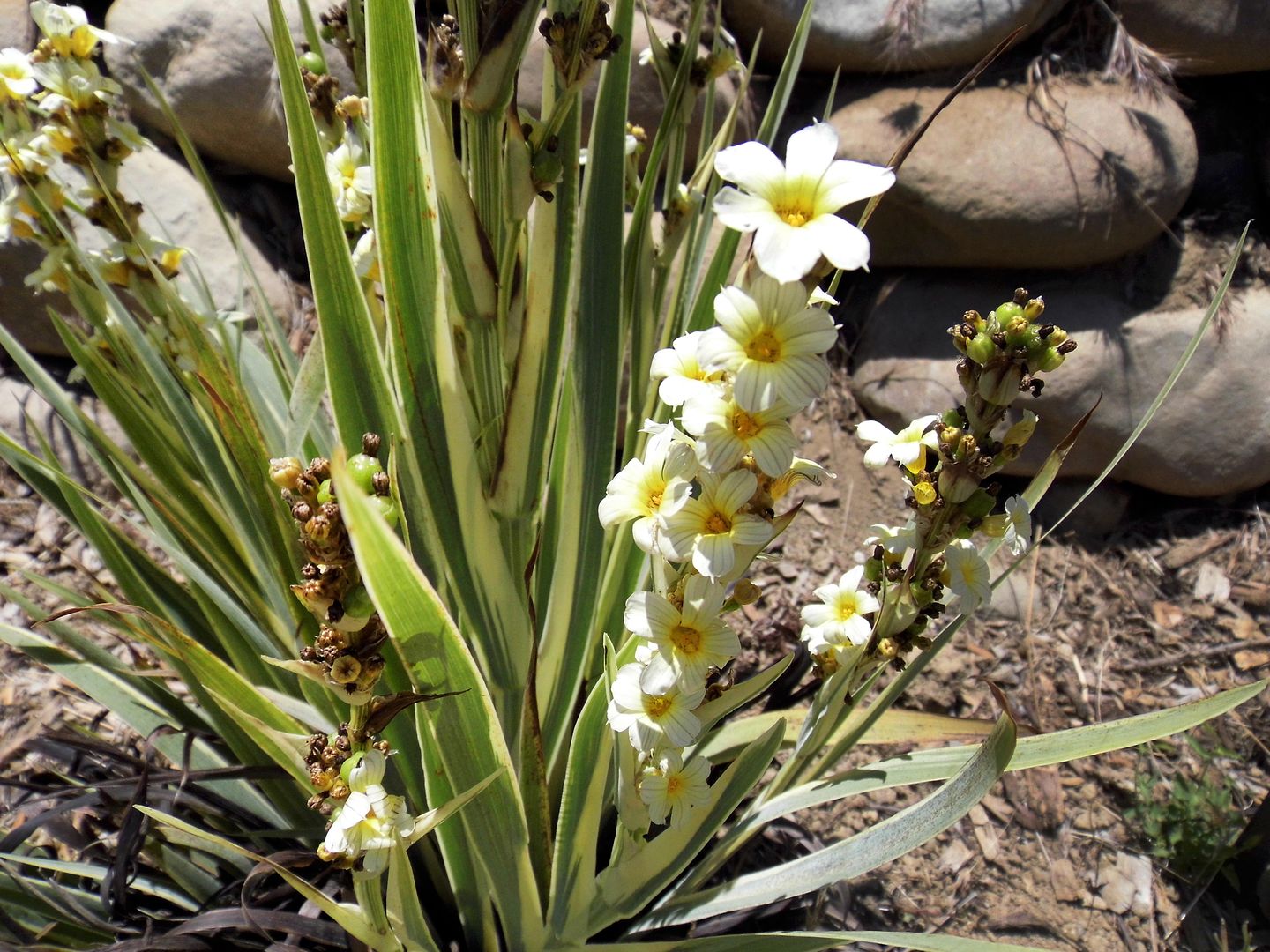
As much as there is to see in the lower gardens—like the perennial Chilean "Aunt May" (Sisyrinchium striatum)—there's even more to be added in the upper gardens.

The inflorescences along the rock-lined walls began to fade as I gained elevation—but then again, it was summer. I barely expected to see any blooms with the temperatures so hot, even with the Pacific Ocean in view.

The gardens are a relatively new addition to the city of Ventura—first envisioned in 2005, with a lease for the land signed in 2011 and much of the trail work done in 2012.
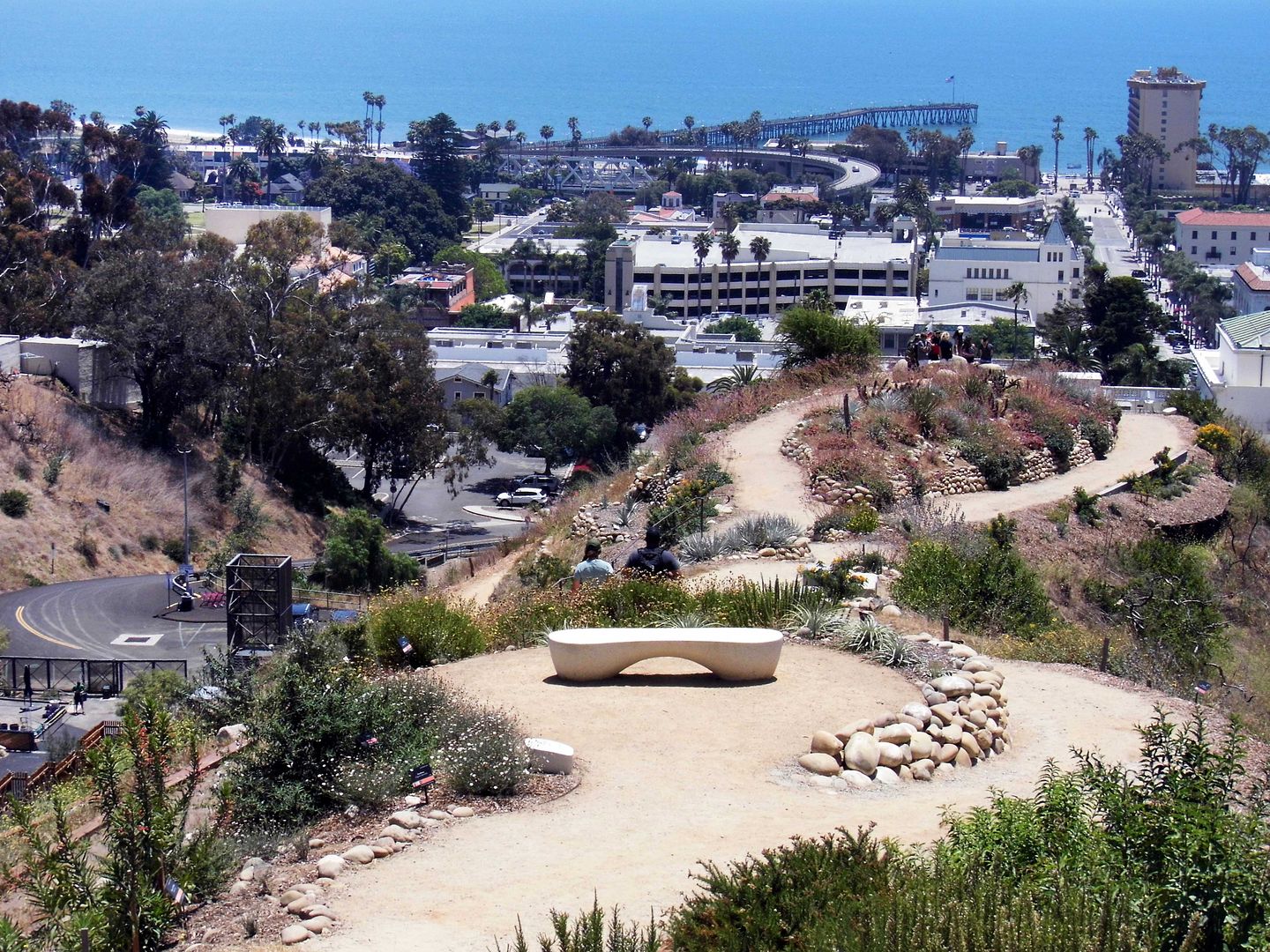
In fact, many of the plants that ended up getting charred (some, to death) in the Thomas Fire had only been planted maybe two or three years before—and in some cases, maybe less.
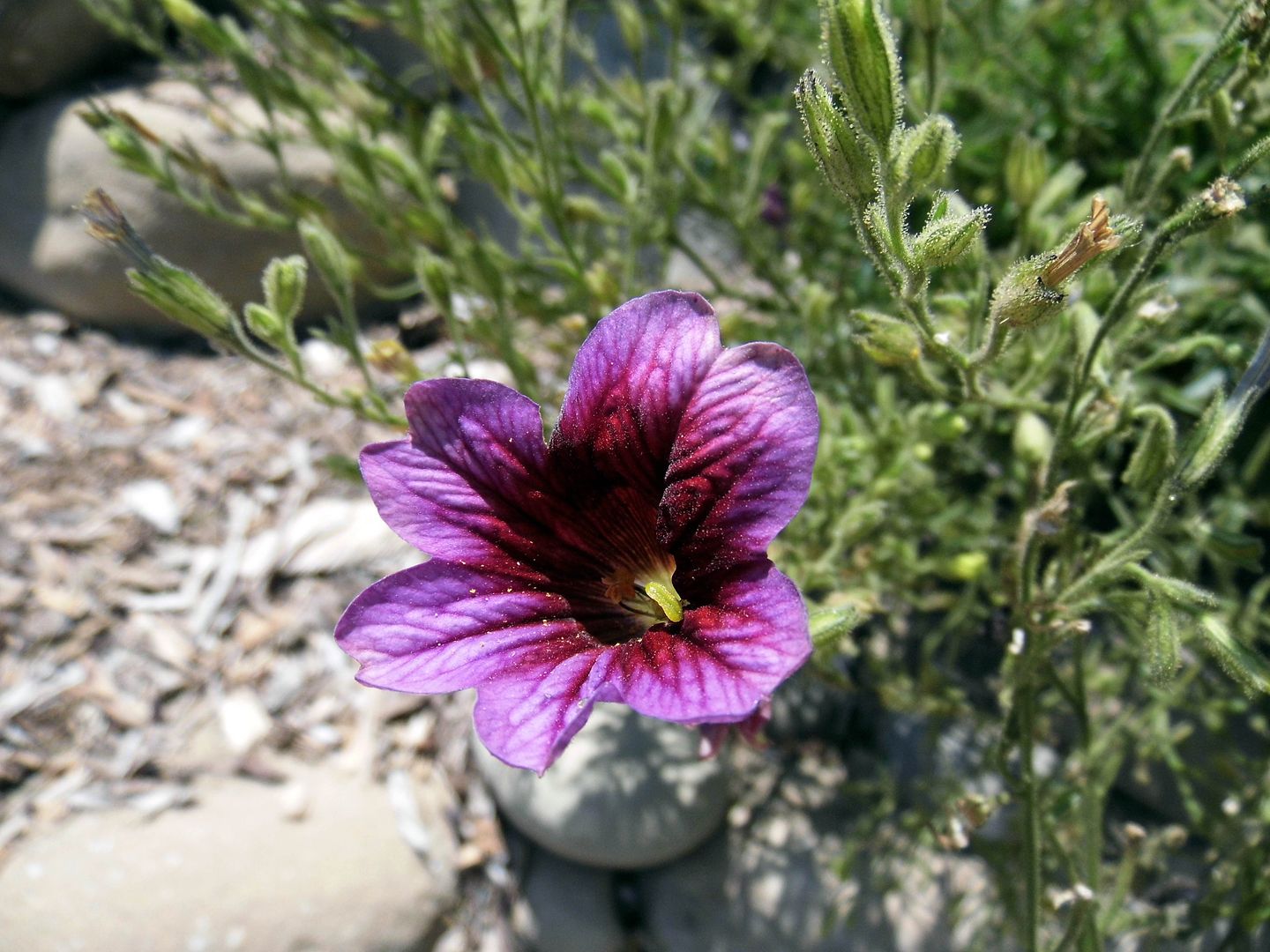
But fortunately, the non-profit that operates the gardens built it back better than before.
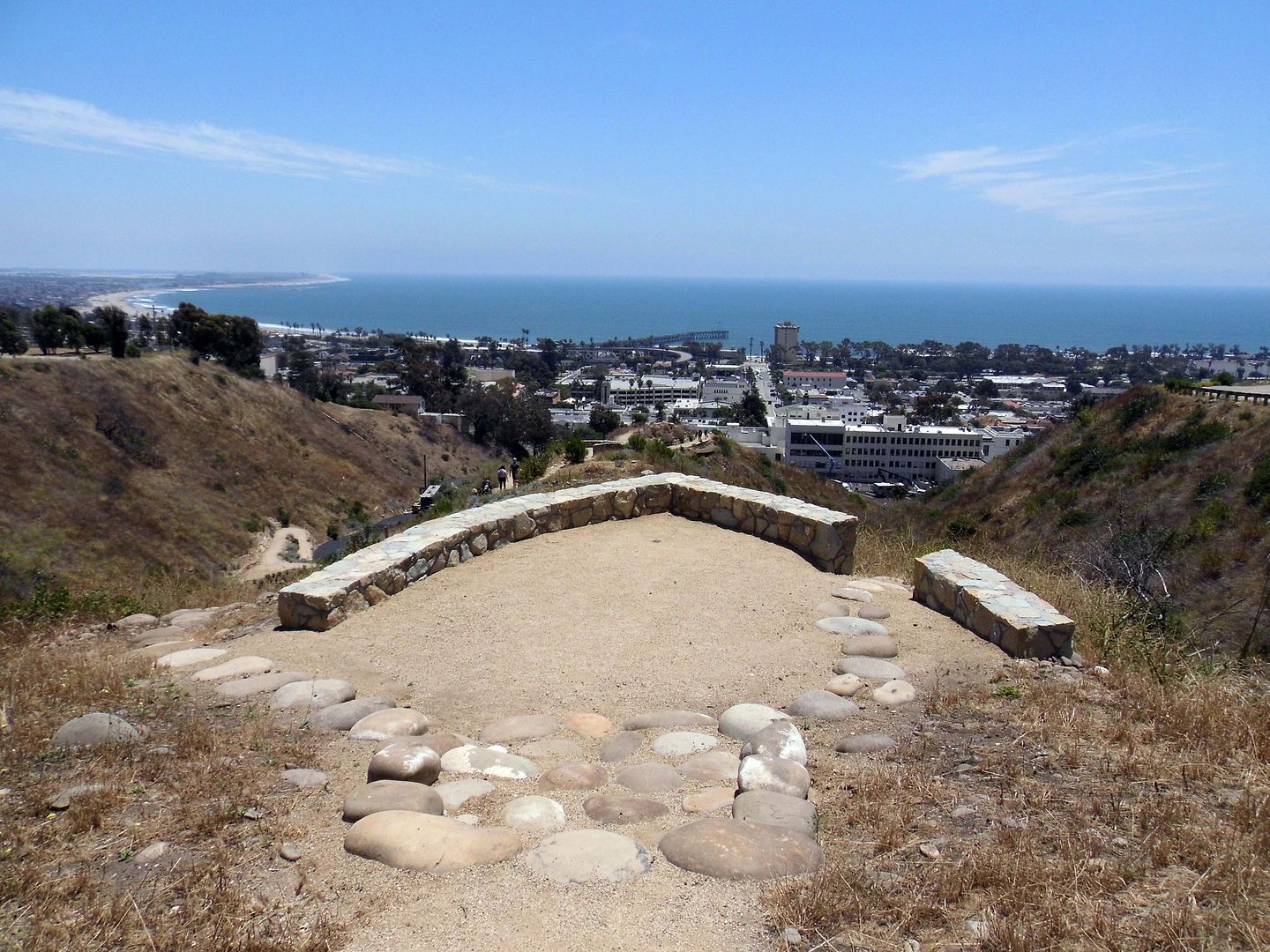
And when it's done, it'll encompass all five of the major Mediterranean climate zones of the world—enjoyed with multiple viewpoints and 360-degree vistas (with the Channel Islands in view on a clear day).
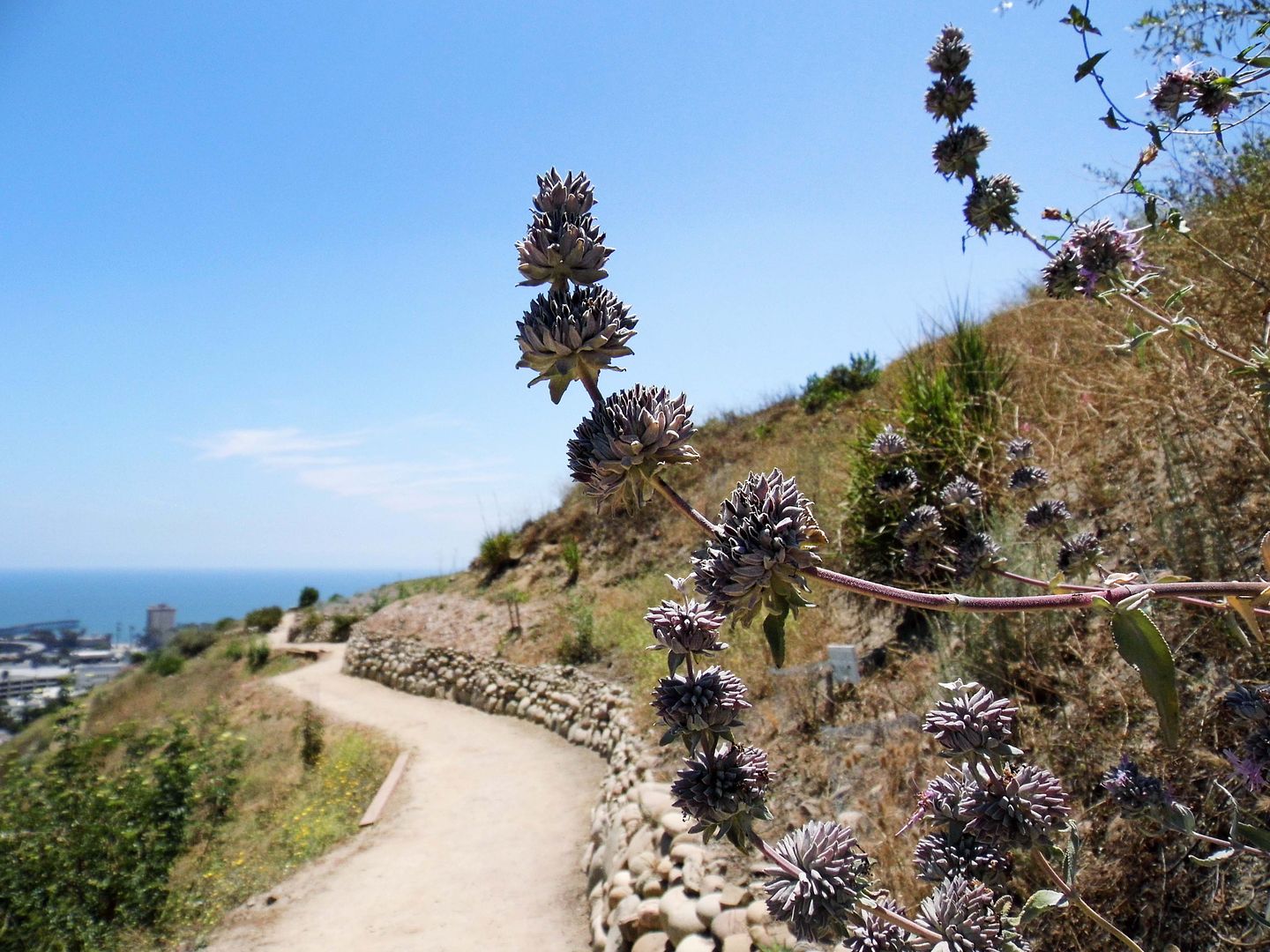
It's so steep that the Master Plan accounts for a funicular or gondola to help transport visitors from the bottom to the top (or from one vista point to another). No sign of anything like that yet.
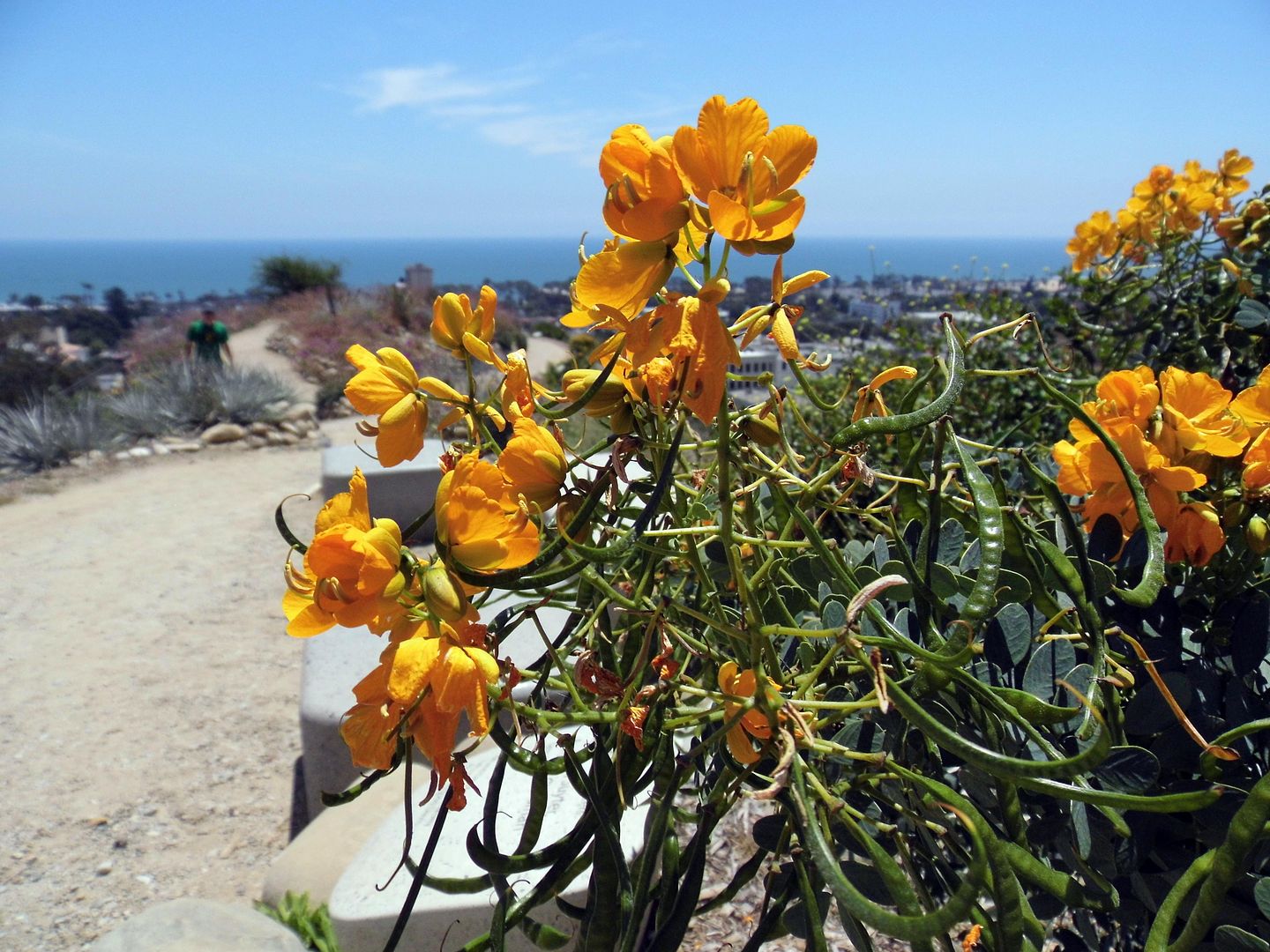
And maybe that's for the best—Grant Park has already transformed so much since its past uses in agricultural in the 18th century and as a grazing pasture in the 19th century.
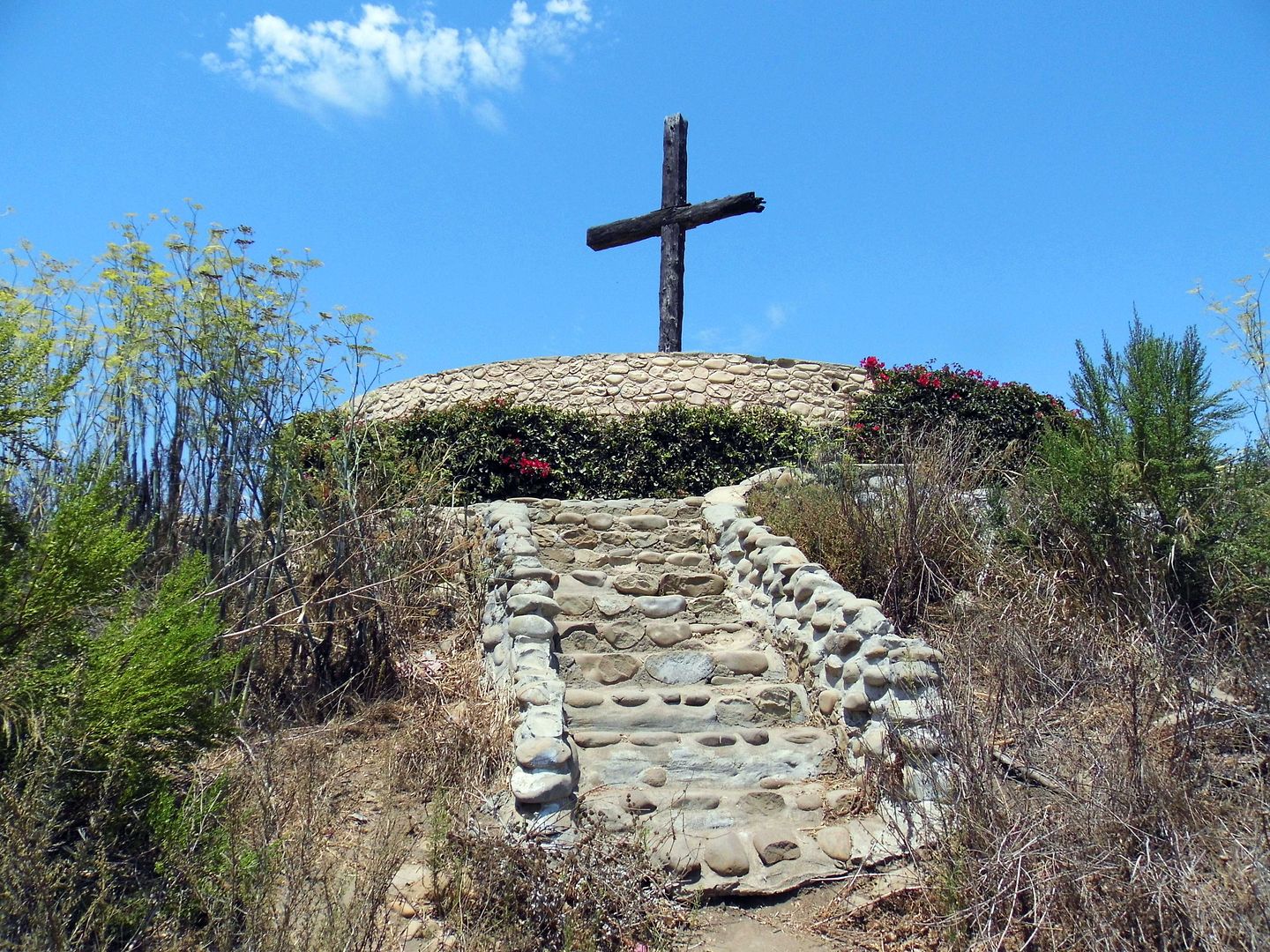
There's one tiny parcel of land within Grant Park—and pretty much surrounded by Ventura Botanical Gardens—that's separately owned but inextricably linked to the city of Ventura.
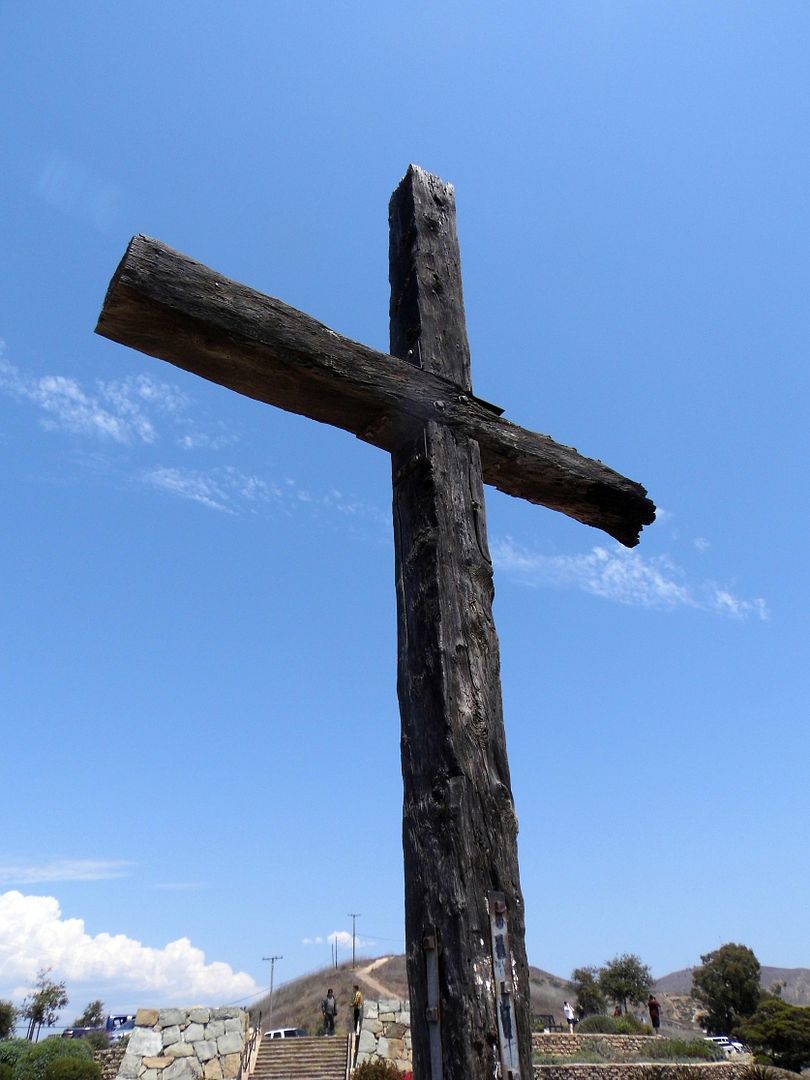
It's the spot on a hill called "La Loma de la Cruz" where legend has Franciscan friar Junípero Serra erecting his "Mission Cross" in 1782—the year he founded Mission San Buenaventura, his final California mission before his death in 1784.
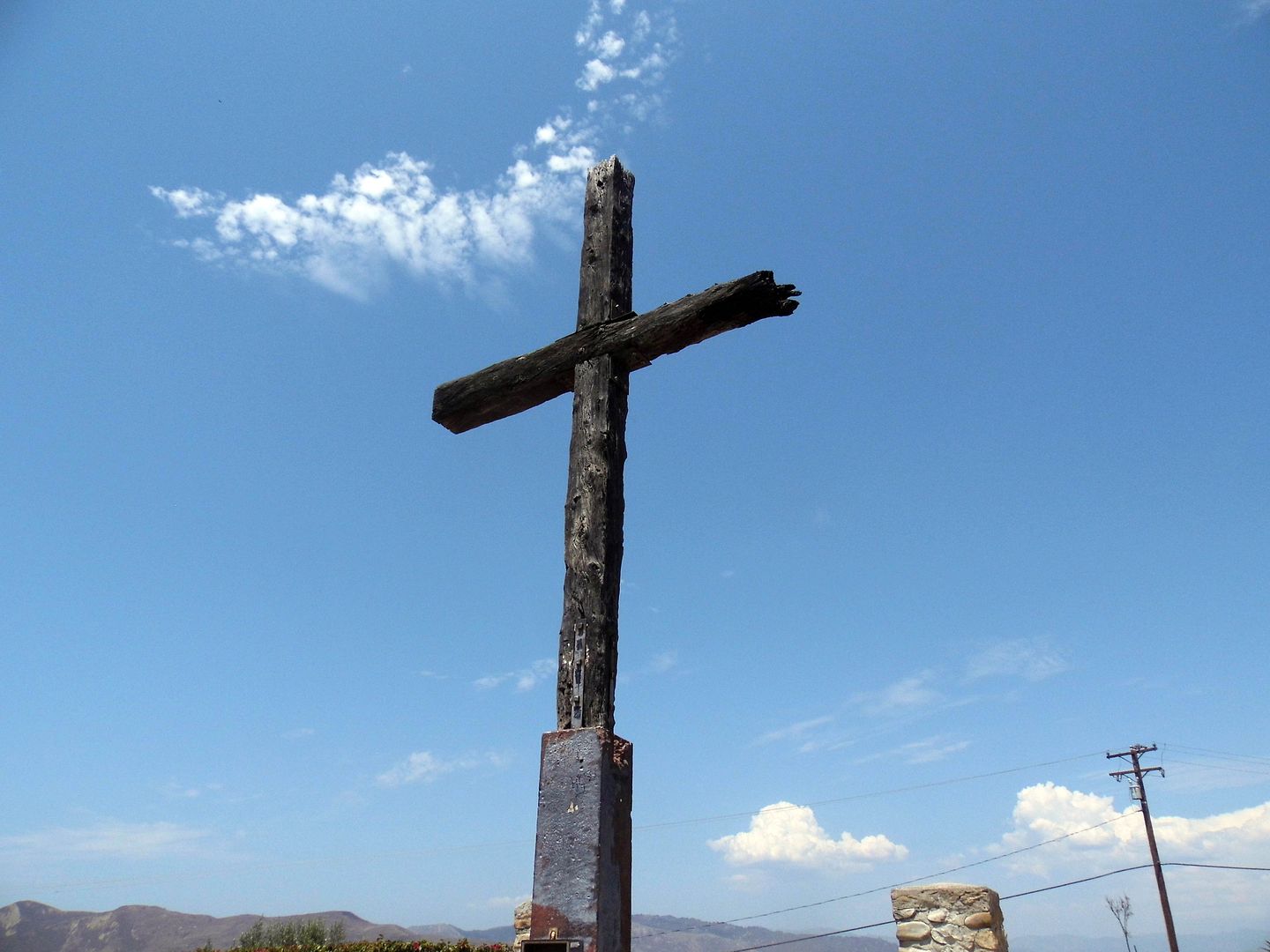
This 1-acre plot, known as Father Serra Park, has been owned by the Serra Cross Conservancy since 2003—the only way such a religious symbol could stay there while maintaining the separation of church and state.
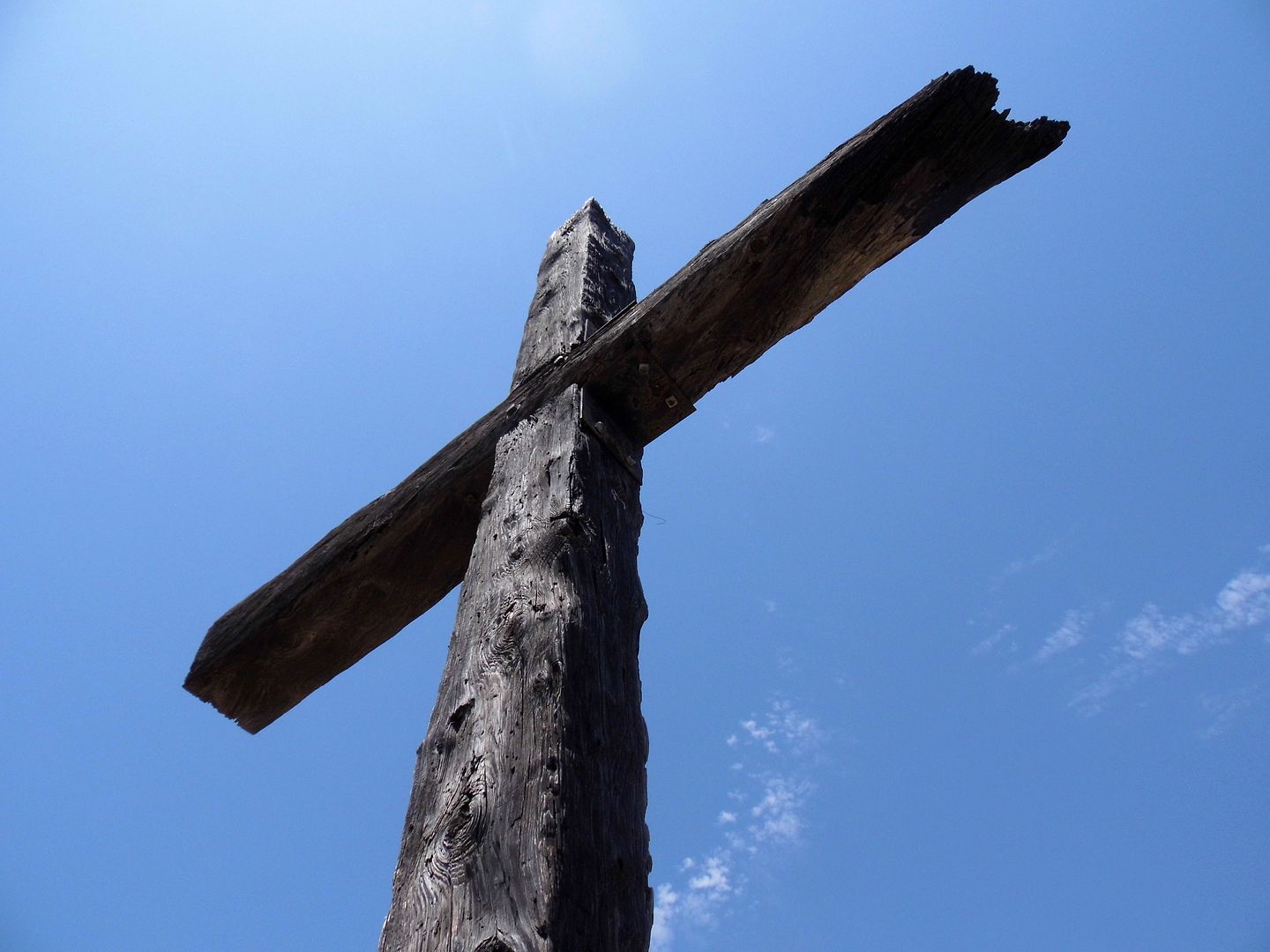
This isn't the original cross, of course—its predecessors having been taking down by fire and wind. This one dates back to 1941—and it's still holding on for dear life, despite having been licked by the flames of the Thomas Fire.
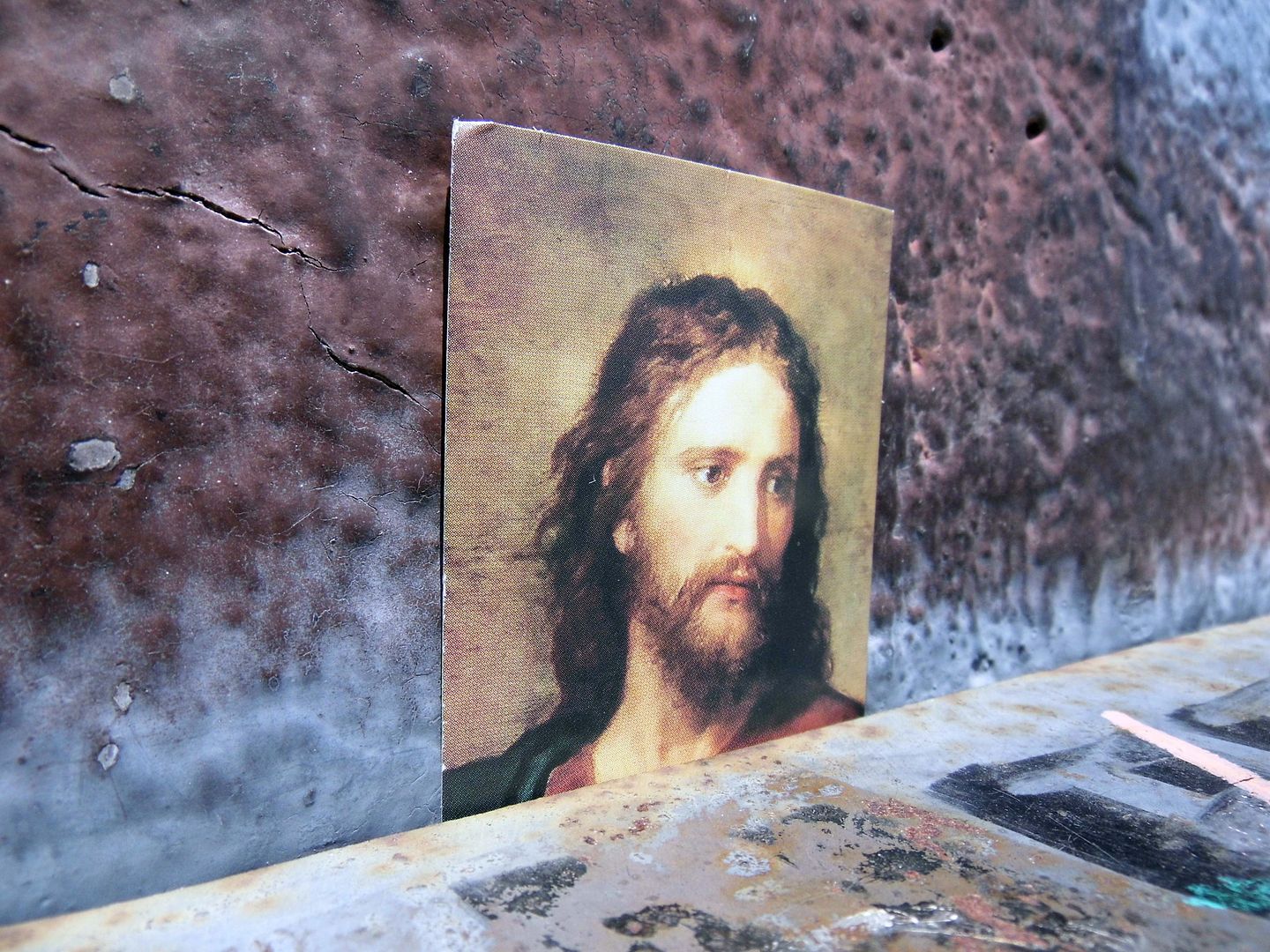
Serra Park is a popular destination for weddings—or really anyone who just wants to get a good look at the panorama and maybe say a few words to their higher power.
Maybe one day Serra Cross will burn down and no one will care enough to put it back up. Maybe the same holds true for the botanic garden—one day, when its usefulness goes out of vogue.
But for now, these are precious resources that are literally in the line of fire every single wildfire season. Better to go now than to wait for more tragedy to strike.
Related Posts:
Photo Essay: A Rock House of Plays, Poetry, and Ceramics (and The Cross That Overlooks It)

While the fire did burn down many of their plants, the workers found remains of old historical wall from the Ventura mission when it was built in the 1800's. It's kinda funny how something so destructive as a fire can uncover new things.
ReplyDeletehttps://www.vcstar.com/story/news/local/2017/12/18/thomas-fire-exposes-several-hundred-feet-mission-era-rock-wall-ventura/962391001/
Wow!
Delete